
Protection : One of the first cause of post-larval mortality is predation. All models of Biohut present a “barrier” feature allowing only the smaller fish to take refuge in the artificial habitat, but blocking the passage to the largest (eg mesh enclosure, fence of wooden sticks …)
Food: to grow without endangering themselves, the juveniles need to have food available within their protective habitat. The Biohut therefore always have a substrate encouraging fixation of a suitable food (empty oyster shells, coconut fiber rope …).
Sedentarity: a nursery is a habitat where juveniles remain throughout their development to the stage of young recruit. Regular monitoring have confirmed that Biohut possess this characteristic: indeed, individuals were observed on several occasions, each time a little bigger.
Connectivity: to contribute to reinforce the fish stocks, the juveniles must be able to join the adult habitats after growing into the artificial nursery. The positioning of Biohut offers ecological corridors in the port that will allow juveniles to leave the harbor basin.
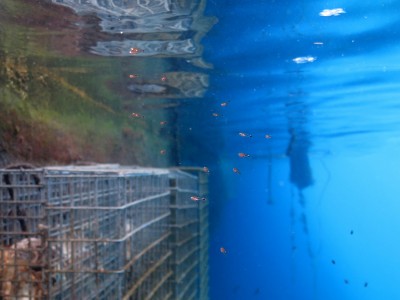
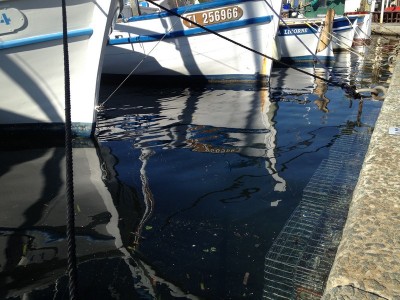
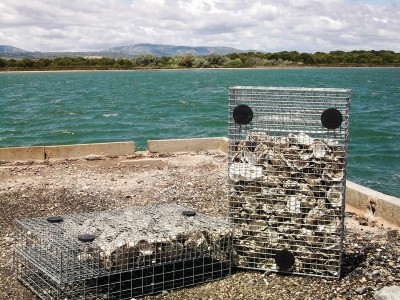
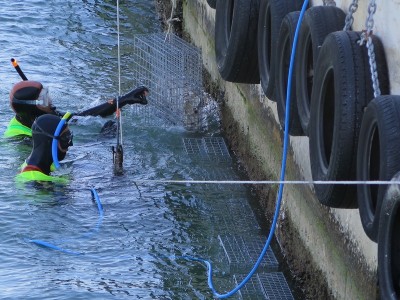
The Dock Biohut is for the very young stages. With a narrow mesh size and an internal enclosure filled with oyster shells, it offers food and shelter to recruits and juveniles. Its ecological efficiency was demonstrated through the NAPPEX project but also the GIREL project in the commercial port of Marseille.
Attached to the docks of the port, it is easily observable from the surface. This is thus a good communication tool to raise awareness to the presence of life in the water of the port.
Ecosystem functions:
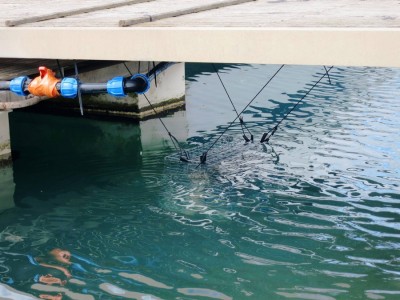
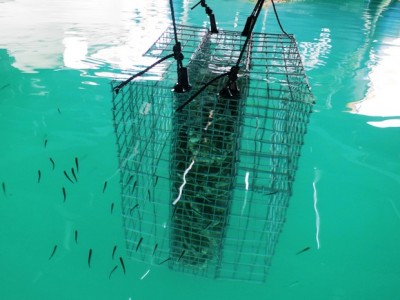
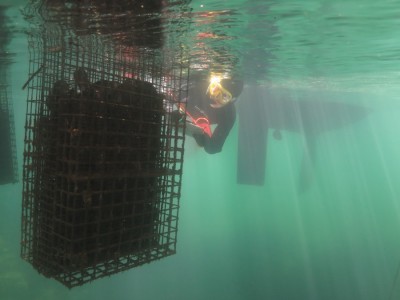
As for the the Dock Biohut, the Pontoon Biohut is for the very young stages. With its two protective enclosures surrounding the internal enclosure filled with oyster shells, it provides food and shelter to its inhabitant. Its ecological efficiency was demonstrated through the NAPPEX project but also the GIREL project in the commercial port of Marseille.
Ecosystem functions:
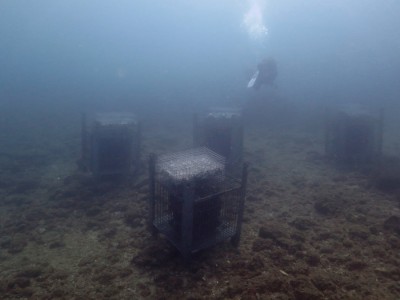
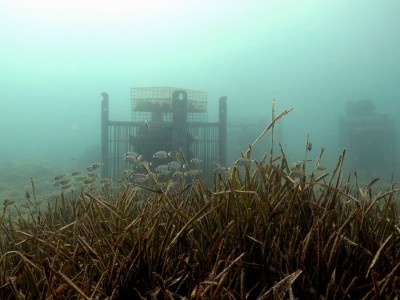
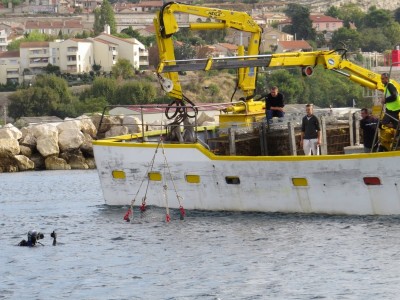
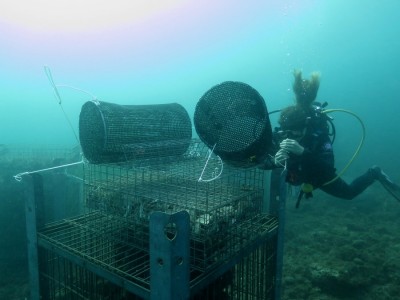
Displayed on the sandy grounds outside the port, the Shoreline Biohut has two uses:
– It can be used as an emancipation habitat for released juveniles (eg in the BioRestore process, another ecological restoration solution proposed by Ecocean).
– It can also be used as a “corridor” habitat linking the port nurseries to and the open sea. Juveniles who grew up sheltered in the nurseries of the harbor can then take shelter there as “young recruits”.
Ecosystem functions:
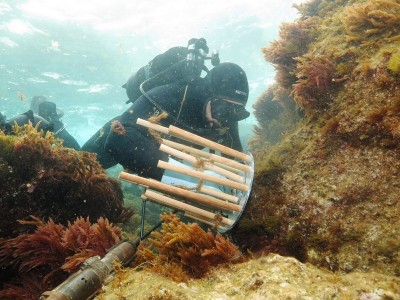
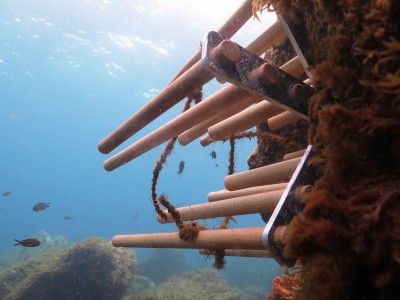
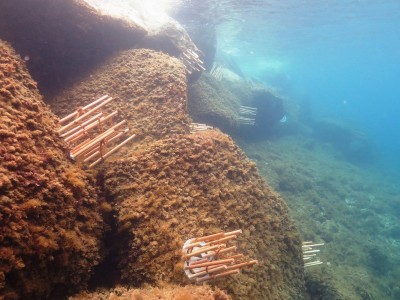
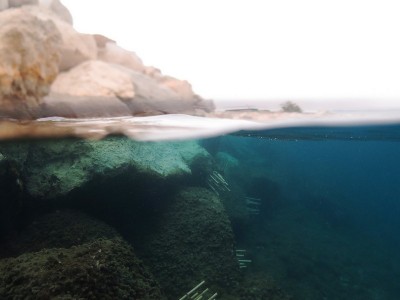
With their many anfractuosities, rocky breakwater provide a good habitats for fish, especially juveniles in search of shelter. However, they were not designed as nurseries, and the spacing between the rocks are large and offer an ideal habitat for predators (conger, octopus, scorpion fish etc.) waiting for young recruits trying to take refuge there.
Ecocean has developed a new type of modules, small and easy to handle, which screws onto the rock. Placed at the entrance to a crevice, its wooden sticks are a barrier to predators while its coconut fiber ropes allow attachment of food. The efficacy of the Breakwater Biohut is currently being assessed by the NUANCE project.
Ecosystem functions:
To go further : First scientific publication of A rank validating the efficacy of Biohut® in marinas
